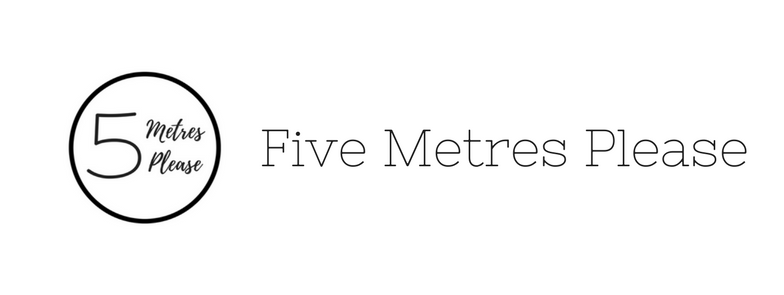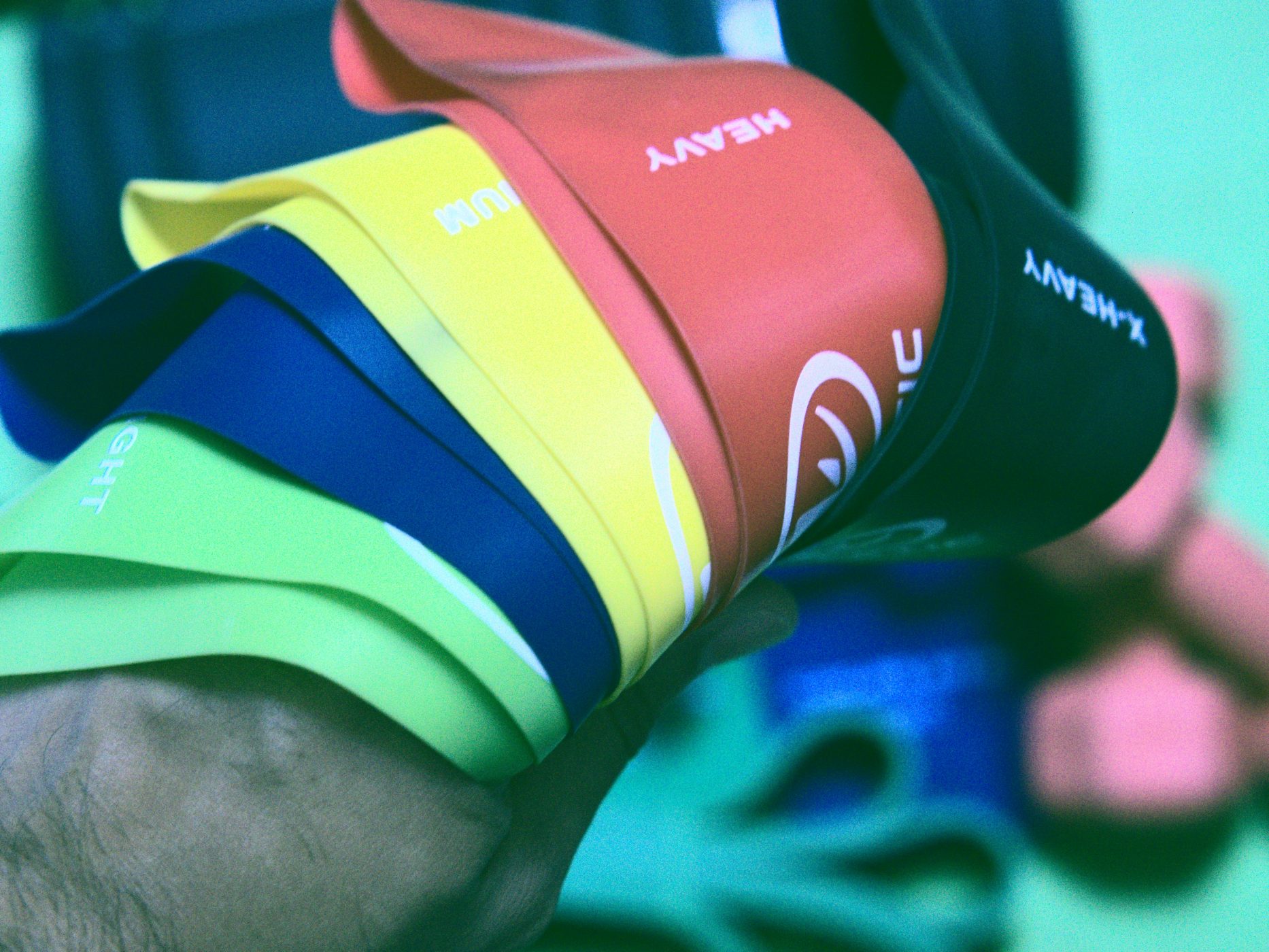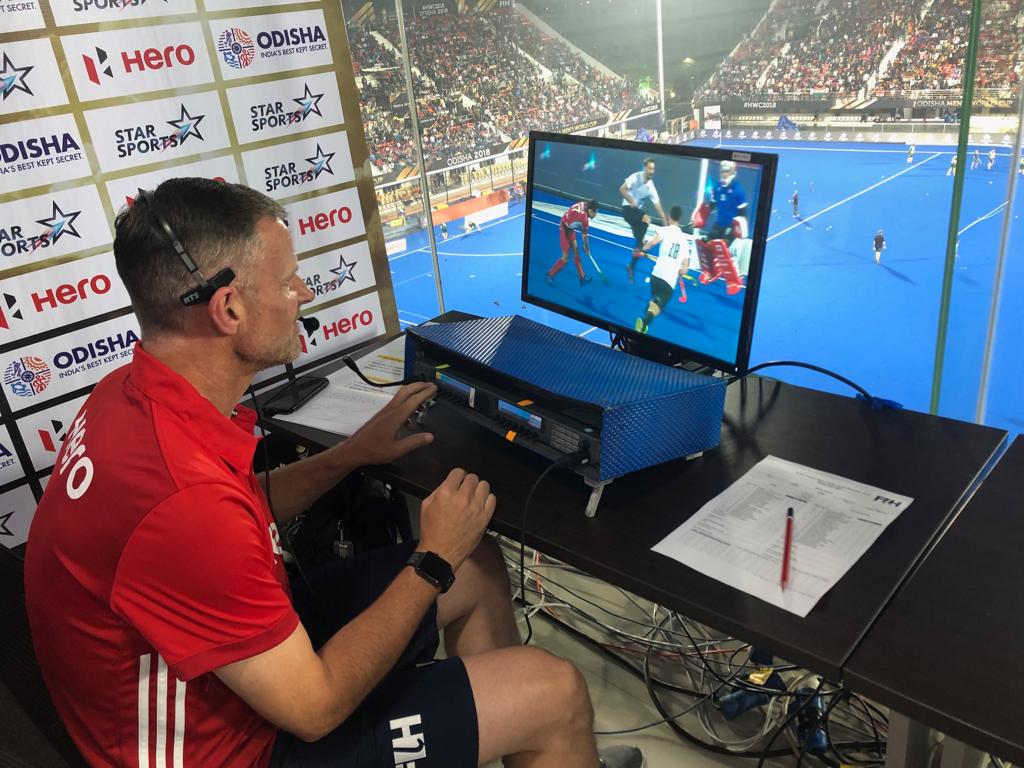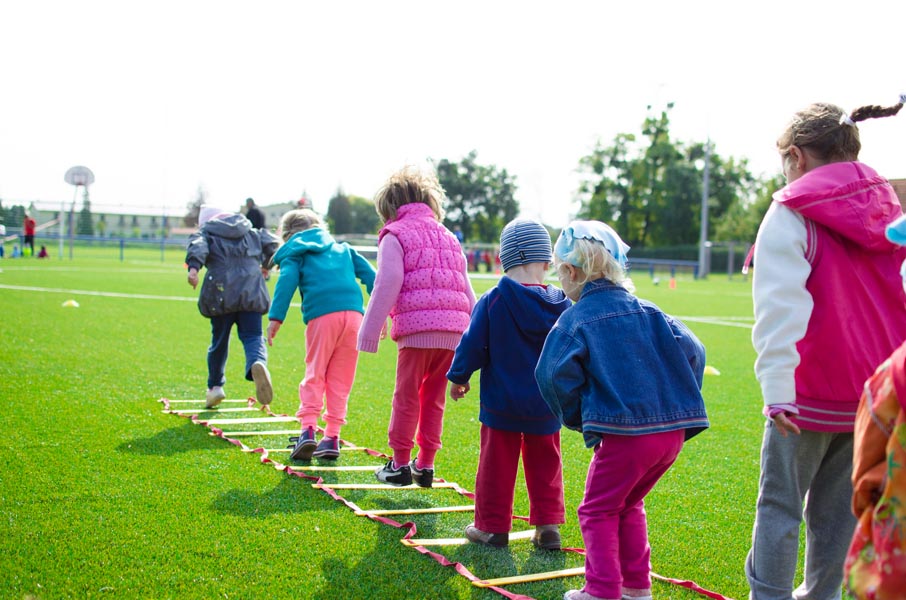4 Nations Tournament – Berlin
Getting an email in your inbox saying that you’ve been appointed to an international tournament is such an exciting feeling. It’s like Christmas and your birthday have come at once! Lucky for me, it was actually my birthday when I checked my inbox to see an email saying I’d been appointed to a 4 Nations tournament in Berlin! Best. Present. Ever.
The tournament was in June, just before the World League Round 3 Semi Finals (WLR3). Competing at the tournament were Germany, China, Ireland and Korea and, as each of the teams were preparing for their respective WLR3 tournaments, the competition was very strong. Germany, China and Korea were inside the Top 10 in the world rankings, and Ireland were looking to break into that top 10. The teams were at full strength and wanted to test each other, without giving too many secrets away before the WLR3 in relation to PC plays, etc.

Our team
I was lucky to work alongside a great team for this tournament:
|
Umpires |
Technical Officials |
|
UM: Peter von Reth (NED) |
TD: Jo Pennycook (GBR) |
|
Michelle Meister (GER) |
Ulrike Schmidt (GER) |
|
Celine Martin-Schmets (BEL) |
Marcel Schmitz (GER) |
|
Alison Keogh (IRL) |
Nils Vossebein (GER) |
|
Kim Sungyoun (KOR) |
|
|
Me (Rhiannon Murrie, AUS) |
There were a wide range of experience levels – Michelle umpired at the Rio Olympics in 2016 while for Sungyoun this was her first time officiating at an international tournament. Celine, Alison and I were each at different levels on the international ladder so it was such a great learning environment where we could all work together to get as much out of the experience as possible.

 Sungyoun in her international debut, with veteran Michi to support her down the other end.
Sungyoun in her international debut, with veteran Michi to support her down the other end.
Because we were a relatively small group, it was also great to get to know the people helping us out pitch-side. We interacted closely with the tech officials, which doesn’t always happen at the larger tournaments, and it created a really lovely group environment.
My Experience
We were really well looked after by the tournament organisers, as well as by the spectators and supporters. We had kids coming up to ask questions and for photos and autographs, which was really nice! We also had some great chats with people in the stands about hockey, the rules and our careers. It’s so great when people are interested in umpiring too and when everyone is there to support hockey because they love it. We also had some great conversations with the coaches about world hockey in general, the new Pro League and about rules and interpretations.
We also had the opportunity to use AXIWI radios at this tournament. We had the open-mic version with the microphone-earpiece combination (the pop-star style sports version, as I like to call it). I really loved these radios for multiple reasons. First and foremost, they are soooo light and small! This is a big deal for female umpires in skirts as we don’t have a belt to put the radio on and I’ve had to use pouches, belts, bags and even tape to keep radios in place before. The AXIWI ones are so small that you can just clip them on to the back of your skirt and they’re so light that they don’t bounce around or pull your skirt down. Perfect! I also much prefer the microphone-earpiece style as I find the sound quality to be much better, probably because the mic is right near your mouth… but the earpieces are also comfortable and don’t fall out. The sound quality in general is awesome and the range is great – we never had any problems, even when we were at either end of the field. I highly recommend these radios!
(This is my opinion and I’m not affiliated with the company in anyway 🙂 ).


This tournament was great for me as it was my first time as a neutral umpire at an international tournament outside of the Oceania region. It was invaluable to have the international experience of the European and Asian teams play against one another. While I had umpired Asian teams before (Japan and India) and I had been umpiring in the German national league (the Bundesliga), which follows the traditional European style of play, it was great for me to be at a tournament where only Asian and European teams were playing so that I could learn how I needed to adjust my umpiring when these teams play against one another.
Playing styles
The playing styles of each continent are quite different and this translates into how national teams from around the world play against each other. I’ve described the general European and Asian playing styles below (and Oceania/Australia in this post). These, of course, are generalisations and not every team or play will go like this, but it’s a good overall characterisation of the European and Asian continental styles:
-
European
The European style is quite defensive and patient, with play built from the defensive line. The defenders transfer the ball back and forth across the field, working their way up until they can find an opening to the midfielders. The midfielders then drive the ball towards the circle with the help of the wide strikers and the midfielders and strikers attack the circle together. A fall away press is used quite often and penalty corners are highly valued, with shots mainly coming from the top and often in the form of a drag flick.
-
Asian
The Asian style is also defensive, but in a different way. Strikers put a lot of pressure on the defence with a high press and space is closed down all over the field. Attacks often come in the form of turn overs from this pressure, with speedy strikers working together to penetrate the circle. Defenders absorb a lot of opposition pressure, quickly moving the ball to the midfield when gaining possession to create fast counter attacks. Penalty corner plays see more variation, with the ball being moved around or deflections used to get around the defence.
-
Adjusting your umpiring
The differences in styles means you do need to adjust your umpiring, particularly around positioning, depending on the game.
When European teams play each other the game is often very open, so you can allow a bit more space between you and the play as you watch it develop. You and your colleague can cover a large area of the field without being too close to each other. You move ahead of the midfield and strikers into the circle as the attack builds. Defensively, you can often afford to move down the field ahead of the defensive line that is building play, as the opposition is generally hanging back waiting to put pressure on the midfielders receiving the ball rather than on the defenders themselves. This means that you are already in position when the midfield play comes.
When Asian teams play against each other, you often need to be closer to the midfield play as more happens as the teams try to shut down each other’s space. But you also need to be careful not to get too close or move too far down the field in case those speedy strikers turn the ball over and high tail it to the circle! It’s a fine balance.
With European vs. Asian teams, very rarely would I ever move ahead of the European defenders down the field in case the strikers from the Asian team turnover the ball – you need to make sure you can make it into the circle! Likewise, you always need to be mindful of where the attackers are, for both teams but particularly for the Asian teams. The European teams will often push most of their team up the field when attacking, which can mean there can be an Asian attacker sneakily hanging out very high up the field. On a turn over or quick defensive free hit, if you’re not aware they’re there and combine this with their speed, you can find yourself in trouble very quickly! Staying high can mean that you need to rely on your colleague a little more to help you out in the midfield, but it’s worth protecting your circle and you can always talk about this in your pre-match talk before the game.

Free time
So everything about the hockey was wonderful! AND, we got to do some exploring on our rest day and some of the mornings we had free 🙂
We went to Sanssouci Palace one morning, which was the summer palace for the King of Prussia from 1747 and is now a UNESCO World Heritage Site. We walked through the lovely gardens to the New Palace at the other end, which was built in 1769 after the Seven Years’ War and is considered to be the last great Prussian baroque palace.
Luckily we had tournament director Jo Pennycook on hand to tell us all this (and many more very interesting facts). She was such a wealth of knowledge that she quickly earned the nickname ‘Wiki Jo’ and gave us an impromptu guided tour, equipped with leading umbrella and everything!



We also got to explore Berlin city centre on our rest day, with local Michelle giving us the grand tour of most of the major sites and Wiki Jo educating us on the history. I really enjoyed seeing the artwork on some of the Berlin Wall panels that they have in the city centre (we didn’t get out to the East Side Gallery where most of the artwork is, but I have been there before and thought it was really something!)

So, there we have it! I had such a great time at this 4 Nations tournament in Berlin and can’t thank everyone involved enough. Until next time!
Have you been to Berlin? What were some of your favourite things? And what do you think about the European and Asian styles of play? Let me know in the comments below!
If you liked this post, why not share it using the buttons below? There are also more of my umpiring experiences, as well as interviews with top international umpires, on the Experiences page.
You can make sure you never miss a post by signing up to the newsletter. Don’t worry, I value your inbox just as much as my own and I promise never to spam you! And for behind the scenes action and extra tips and tricks, follow me on Facebook, Instagram and Pinterest.





You must be logged in to post a comment.